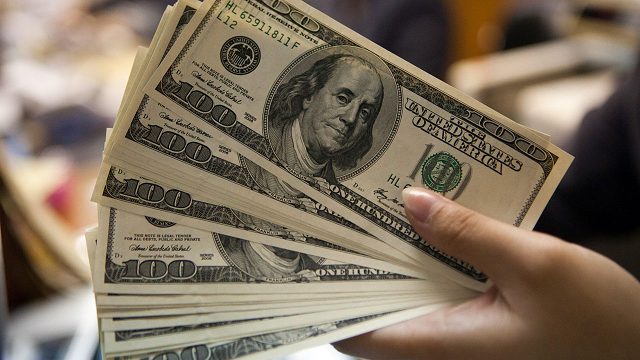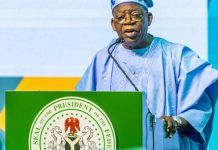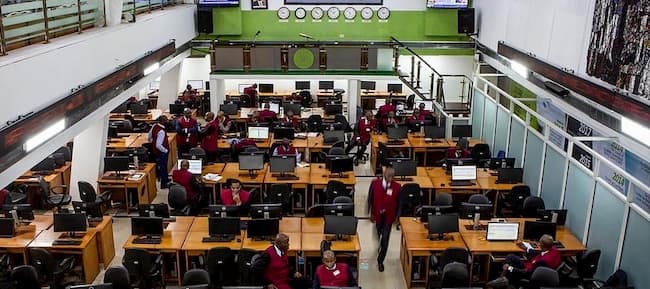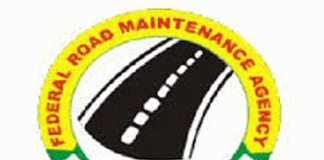The Association of Bureaux De Change Operators of Nigeria (ABCON), at the weekend, took up a campaign to alert the public on the security investigations over fake $100 bills, allegedly imported from India into the country.
ABCON President, Dr. Aminu Gwadabe, who disclosed the development to financial journalists after the group’s National Executive Council (NEC) Meeting in Lagos, said the $100 bill is majorly counterfeited because of huge profit margins that come with it.
He said some of the fraudsters’ objective is not only to make profit, rather to undermine Nigeria’s chances for automatic membership of the Financial Action Task Force (FATF) after assessment of the country’s financial system scheduled for the first quarter of 2019.
He said the issue of fake dollar in circulation has been observed and reported to the relevant security agencies, adding that the ABCON, has in the interest of the economy and businesses of the currency dealers, secured the backing of the Central Bank of Nigeria (CBN) and Economic and Financial Crimes Commission (EFCC) to begin nationwide campaign against fake currencies.
Noting that rising cases of fake currencies in circulation has led to huge losses to BDC operators and the economy, he said ABCON would educate the public on how to identify fake dollar bills to protect the image of the country.
“It is part of our objectives, which in enshrined in our constitution as an association, to eliminate the incidences of fake currencies circulation, thereby enhancing the image of the country and transparency in our operations,” he said.
Already, ABCON released a guide to all BDCs on how to detect a fake dollar bills, made up of seven notes- $1, $2, $5, $10, $20, $50 and $100 and the seven steps to authenticate them.
“The weight of each bill is one gram, 2.61 inches wide and 6.14 inches length. It is 75 per cent cotton and 25 per cent linen. Your finger can feel thickness and texture. Besides, the portrait watermark is partly overlapped by the Treasury seal, while the $100 bill is printed on the right side of the bill.
“The strip is thin, faint and runs vertically from top to bottom to the left of the watermark portrait. Also, the 3D security ribbon, also called the thread, is bright blue and vertical on the bill,” he said.
Continuing, Gwadabe explained that the raised printing feels rough on right shoulder of Benjamin Franklin portrait, while the colour shifting ink works under ultra violet light.
He added that the dollar bill undergoes micro printing, which is the production of recognizable patterns or characters in the bill at a scale that requires magnification to read with the naked eye. To the unaided eye, the text may appear as a solid line.
The top currency dealer added that the currency commonly exhibits the highest quality (smallest size) of microprint because it demands the highest level of counterfeiting deterrence.














